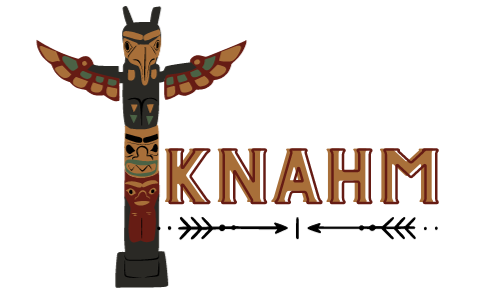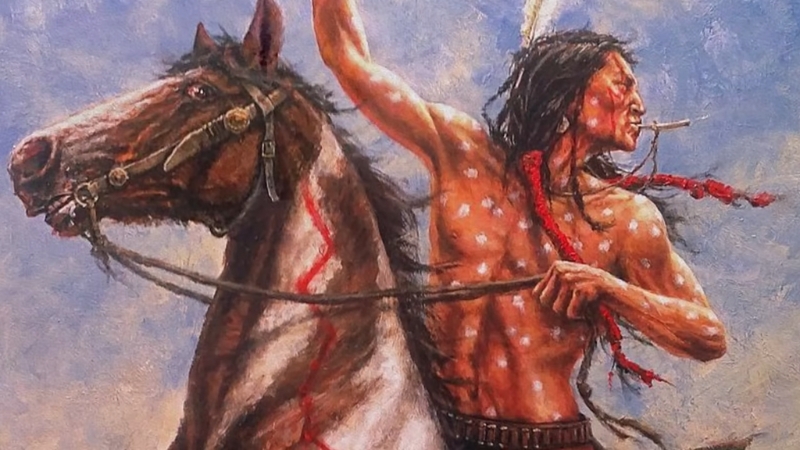Among the leaders of the Lakota Sioux, Crazy Horse (Tȟašúŋke Witkó) stands out as one of the most enduring figures in Native American history.
Revered as a fearless warrior, a tactical genius, and a man who embodied the spiritual and cultural values of his people, Crazy Horse resisted U.S. expansion during one of the most violent and transformative periods of the 19th century.
Unlike some contemporaries who signed treaties, Crazy Horse consistently refused to compromise his people’s sovereignty or way of life.
He became legendary for his leadership in battles such as the Fetterman Fight (1866) and the Battle of the Little Bighorn (1876). Yet his life was not simply that of a warrior; it was the story of a leader torn between defending tradition and facing an unstoppable tide of American expansion.
His legacy, cemented by his untimely death in 1877, continues to inspire not only the Lakota but Indigenous communities across North America.
Early Life and Origins
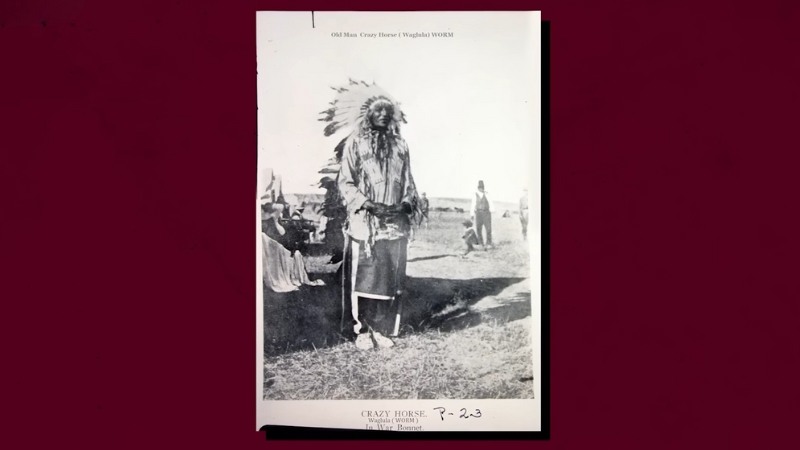
Crazy Horse was born around 1840 near the Black Hills of present-day South Dakota, though exact details are debated. His Lakota name, Tȟašúŋke Witkó, literally means “His Horse Is Crazy.”
He was born into the Oglala band of the Lakota Sioux, a people who had migrated westward onto the Plains, adapting to a buffalo-hunting and horse-centered lifestyle.
From an early age, he demonstrated qualities that set him apart. Oral traditions describe him as quiet, thoughtful, and deeply spiritual, often seeking visions and guidance from nature.
He was not physically imposing compared to other warriors, but he had a natural charisma and a reputation for bravery that earned him respect.
A vision quest during adolescence profoundly shaped him: he reportedly saw a rider who was untouched in battle as long as he remained humble and avoided personal adornment.
From then on, Crazy Horse wore no elaborate war paint or feathered headdress, a choice that set him apart visually from other leaders and reflected his commitment to humility.
The Lakota World in the Mid-19th Century
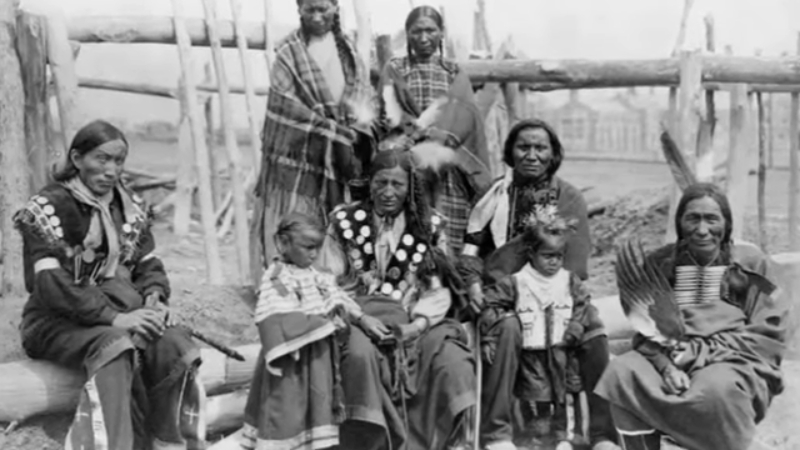
During Crazy Horse’s youth, the Lakota were at the height of their power. They controlled vast hunting territories across the northern Plains, with buffalo providing food, shelter, tools, and clothing.
The Lakota had adapted brilliantly to the horse, becoming one of the most formidable equestrian cultures of the Plains.
Yet their world was under threat. The 1850s and 1860s brought waves of American settlers moving westward along the Oregon Trail and into the Powder River Basin.
The U.S. government built forts to protect settlers, often in violation of earlier treaties with Plains tribes. This clash between expansion and sovereignty would define Crazy Horse’s life.
Rise as a Warrior
Crazy Horse earned his first recognition in battle as a teenager. By the early 1860s, he had established himself as a skilled horseman and tactician, often volunteering for dangerous missions.
His bravery earned him the position of shirt wearer, a Lakota designation for leaders entrusted with guiding war parties and making decisions for the community.
The Fetterman Fight (1866)
View this post on Instagram
One of Crazy Horse’s earliest and most famous victories came during Red Cloud’s War, when Lakota, Cheyenne, and Arapaho warriors resisted U.S. Army forts built along the Bozeman Trail.
On December 21, 1866, Crazy Horse helped lure Captain William Fetterman and 80 soldiers into an ambush near Fort Phil Kearny, Wyoming. The result was a complete annihilation of Fetterman’s command, one of the Army’s worst defeats at the time.
This cemented Crazy Horse’s reputation as a master of deception and battlefield strategy.
Crazy Horse and the Great Sioux War
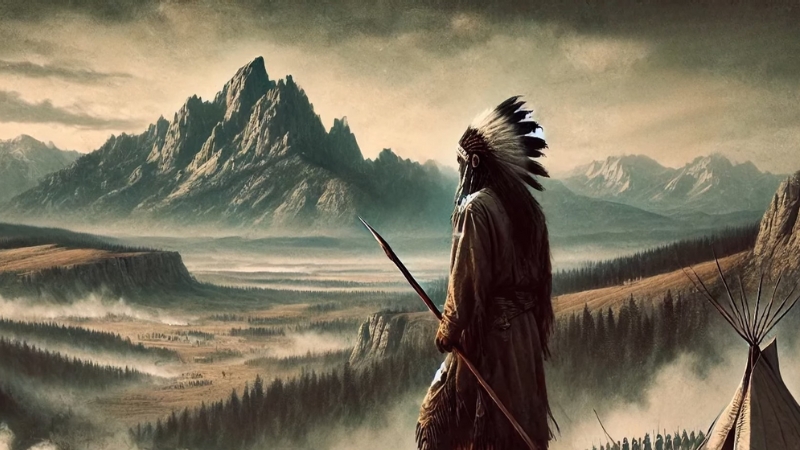
Background
The discovery of gold in the Black Hills in the 1870s brought thousands of miners into Lakota territory, despite the Treaty of Fort Laramie (1868), which had guaranteed the Black Hills to the Lakota.
When the U.S. government attempted to purchase the land and was refused, it escalated tensions into the Great Sioux War of 1876–1877.
Battle of the Rosebud (June 17, 1876)
Crazy Horse played a central role in the Battle of the Rosebud, where a combined Lakota and Cheyenne force halted General George Crook’s advance.
His tactical maneuvers forced Crook to retreat, preventing him from linking up with other U.S. columns.
Battle of the Little Bighorn (June 25, 1876)
June 25,1876, Native American forces led by Chiefs Crazy Horse and Sitting Bull defeat the U.S. Army troops of Lieutenant Colonel George Armstrong Custer in a bloody battle near southern Montana’s Little Bighorn River. pic.twitter.com/vIPOXuQVUq
— Roni Vela (@alev_inor) June 25, 2025
Perhaps Crazy Horse’s most famous moment came at the Battle of the Little Bighorn, also known as Custer’s Last Stand. Alongside leaders like Sitting Bull and Gall, Crazy Horse led warriors in a massive counterattack against Lt. Col. George Armstrong Custer’s 7th Cavalry.
Eyewitnesses credit Crazy Horse with leading a decisive charge that trapped and overwhelmed Custer’s forces, killing over 250 soldiers.
This victory was stunning for Native forces but also marked a turning point, as the U.S. government intensified its military campaign to crush resistance.
Surrender and Death
Despite these victories, Crazy Horse knew the Lakota could not indefinitely withstand the industrial power of the United States. Following relentless military campaigns, declining buffalo herds, and the starvation of his people, Crazy Horse surrendered at Fort Robinson, Nebraska, in May 1877.
Even in surrender, he refused to compromise his dignity. Unlike other leaders who signed treaties, he never agreed to relinquish Lakota sovereignty over the Black Hills.
On September 5, 1877, Crazy Horse was killed under disputed circumstances. Accounts suggest he resisted imprisonment, and in the struggle, he was bayoneted by a soldier.
To many Lakota, his death symbolized both betrayal and the extinguishing of one of their greatest leaders.
Legacy and Memory
Spiritual and Cultural Legacy
Crazy Horse is remembered not just as a warrior but as a figure of spiritual depth. His humility, refusal to be photographed, and avoidance of self-aggrandizement set him apart.
To this day, no verified photograph of Crazy Horse exists – his memory endures through oral tradition and stories.
Symbol of Resistance
For Native Americans, Crazy Horse symbolizes resistance to colonization and the fight to preserve cultural identity. His insistence on sovereignty and refusal to sign treaties made him a hero across generations.
Crazy Horse Memorial
@pang__bang Unfinished but still serving face The Crazy Horse Memorial in South Dakota is the world’s largest mountain carving (it’s bigger than the pyramids of Giza) and it’s still a work in progress. Sculptor Korczak Ziolkowski started the project in 1948 and dedicated the remainder of his life to it. It’s still being carved by his family today. The project is entirely funded by entree fees and private donations. In fact, the family famously turned down two $10 million offers in federal grants to keep it that way. Crazy Horse was a Lakota warrior who fought to protect his people’s land and way of life. He played a crucial role in winning the battle of Little Bighorn against Lt. Colonel Custer. Not everyone agrees with the monument and some people say Crazy Horse was a humble man who didn’t like being photographed, so they wonder if he’d want a sculpture of himself at all. Still, it draws over a million visitors a year, and if you want to hike to the top, the next chance is September 28 so mark your calendar! Things to do in South Dakota | Mount Rushmore vs Crazy Horse Memorial | Custer South Dakota #southdakota #crazyhorse #crazyhoraememorial #custer #custer ♬ original sound – pang_bang
In 1948, sculptor Korczak Ziolkowski began work on the Crazy Horse Memorial in the Black Hills of South Dakota. Still unfinished today, it is planned to be the largest mountain carving in the world.
While the project has been controversial among some Lakota who see it as a distortion of tradition, it reflects Crazy Horse’s enduring place in American consciousness.
Comparison with Other Lakota Leaders
Crazy Horse’s legacy is often compared to contemporaries like Sitting Bull and Red Cloud.
Leader
Role
Approach
Legacy
Crazy Horse
Oglala Lakota warrior
Refused treaties, led decisive battles
Symbol of uncompromising resistance
Sitting Bull
Hunkpapa Lakota spiritual leader
Visionary, spiritual authority
Martyr of the Wounded Knee era
Red Cloud
Oglala Lakota chief
Signed the Fort Laramie Treaty after the military victory
Strategist who secured temporary concessions
This comparison highlights Crazy Horse’s unique role: while others balanced negotiation and resistance, he embodied the path of steadfast refusal.
Conclusion
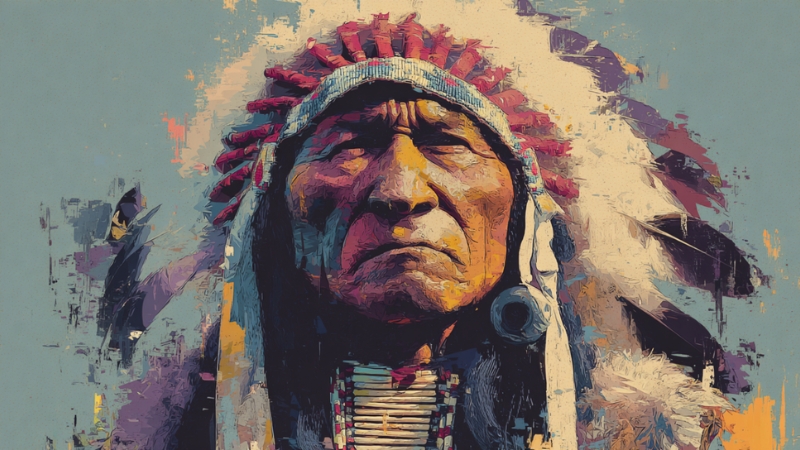
Chief Crazy Horse’s life was tragically short, yet his impact reverberates across history. Born into a world where the Lakota were strong and independent, he lived through the collapse of that independence and fought relentlessly to defend his people’s lands and traditions.
His victories at Fetterman, Rosebud, and the Little Bighorn showcased his brilliance as a tactician, while his humility and vision shaped him into a cultural icon.
Today, Crazy Horse remains a symbol of Indigenous resilience, a reminder of the cost of U.S. expansion, and a figure whose values of humility, bravery, and devotion to community continue to inspire.
His story is not only that of a Lakota warrior but also of a people who refused to be erased, carrying forward a legacy of sovereignty and survival into the 21st century.
